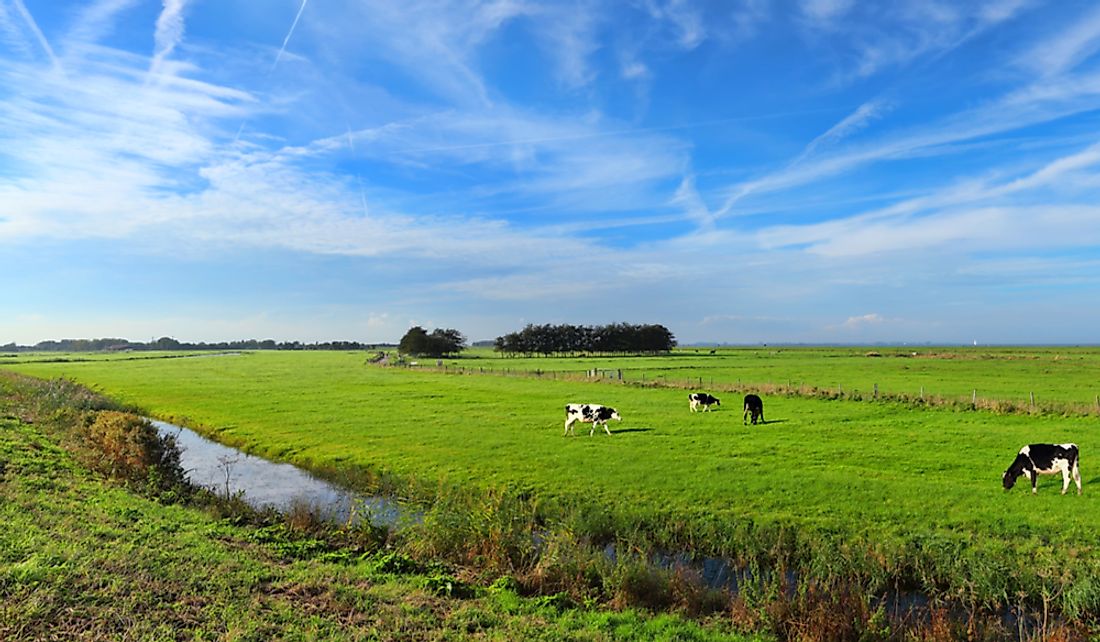What Is A Water-Meadow?

A water-meadow refers to a grassy region that is intentionally flooded in order to boost the land’s agricultural output. A distinction should be made between water meadows and flood meadows. A flood meadow is almost a similar feature although the flooding is determined by seasonal flooding of a nearby river. Historically, water meadows have been present since the 16th century. However, such areas have mostly disappeared in recent times. Some of the countries that had this feature include England, parts of Italy, and Switzerland. There are two types of water meadows, namely catchwork water meadows and bedwork water meadows.
Bedwork Water Meadow
Also called a floated water meadow, this type of meadow is constructed on almost-level ground. In addition, it is constructed next to wide river valleys and its operation requires some careful input. The water is diverted from the river to the meadow using a leat (an artificial waterway) known as a main, top carrier, or simply a carrier. The mains direct water to smaller carriers close to the fields themselves. The system is designed in such a way that excess water in the fields overflows and eventually heads back to the river.
The control of water is done through sluice gates (hatches) and small dams called stops. Through this system, different parts of the field can be irrigated separately depending on the need. In some cases, this meadow has culverts and causeways that allows wagons access to the fields. The person who operates this type of meadow is known as a waterman or a drowner.
Catchwork Water Meadow
Unlike the above type, this meadow is constructed on a sloping field and requires little expertise in its operation. The construction involves digging terraces that slowly direct water from the topmost parts of the field all the way to the bottom. The terraces on the field direct water in a zigzag direction down the field.
Benefits of Water Meadow
One benefit is that water meadows manage vegetation that is used for several purposes. The two main purposes of this grass are the provision of grazing grass for livestock as well as the preparation of hay. The practice of grazing livestock is beneficial in the flourishing of the meadows, which ensures their survival. Grazing animals eat up dead grass as well as dead leaves on the field that may be hindering the growth of new and fresh vegetation. In addition, grazers usually allow less competitive plants to grow since they mostly eat the dominant species in a field. Ultimately, this creates a symbiotic relationship that ensures the survival of both.
Water meadows also ensure the fields are full of nutrients all the time from the flowing rivers. Silt, which is full of nutrients, settles on the soil, thus increasing agricultural productivity. Productivity is also increased from the constant water supply to the fields. The practice of controlled flooding also ensures that the fields do not accumulate too many nutrients and lead to eutrophication, a condition that leads to excessive growth of both wanted and unwanted plants.











